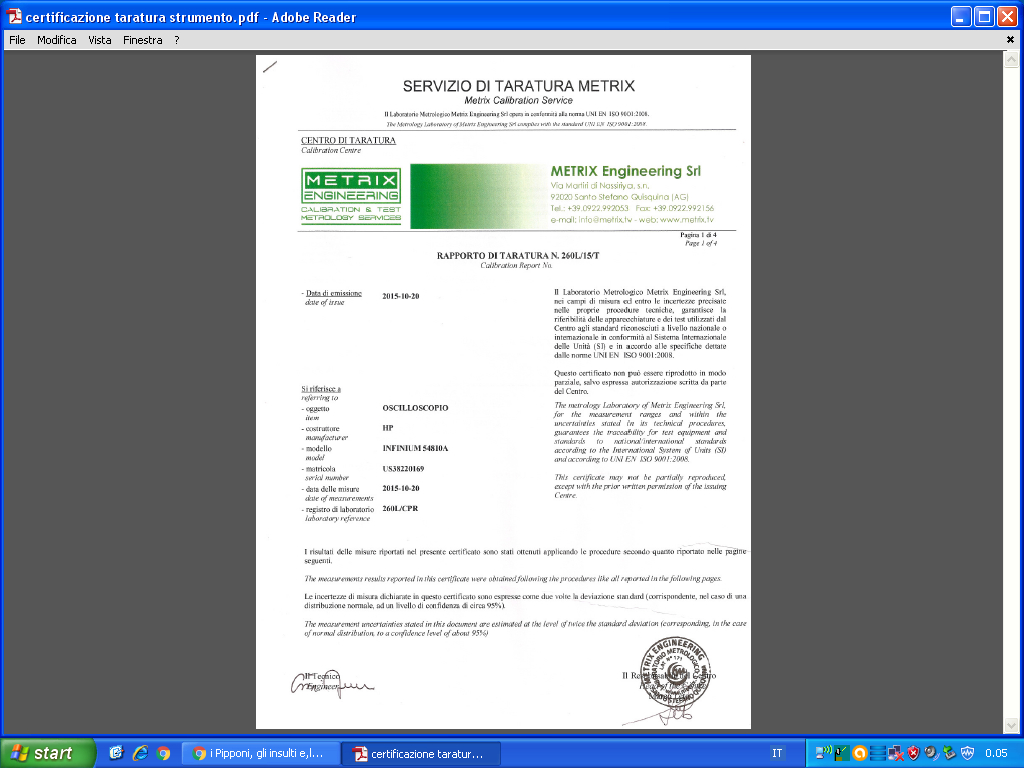If it was easily measurable, or rather the effects were easily measurable, then manufacturers would be proudly stating it, all the time. I have never tried to measure this myself, and the fact the people with the expensive instruments have not yet come up with convincing explanations, linking numbers to subjective experiences, to me says not enough has been done, to date, to give people the right tools - something for the future to sort out ...
I quote this, but my reply is for anyone involved.
We at Italian NextHardware.com have been measuring and discussing differences in media players. We have spent over 80 pages at doing that (I can give link if required) and, although the thread went astray, our experience and tests are not over.
Let me tell you what happened: one of our technician users was surprised to hear
in his system differences between media players - Foobar, Daphile and WTF - all playing bit-perfect material.
After making sure that those differences actually existed through controlled blind testing with various people involved, we started to measure looking for differences. Testing protocols were applied and various people were involved to confirm results. All software players were playing on the same PC, captures were repeated at least three times under differences circumstances.
To make story short, Foobar (and its PC and OS) produced more jitter than WTF, which somehow influenced the DAC USB receiver, even though this was powered separately from PC and galvanic isolated (supposedly).
The following is a brief demonstration of results:
Foobar:
WTF:
Testing instruments was recently certified:
All this is to say that
with the right gear, expertise and time in hand it is possible to measure transport differences, hardware and/or software, but that most of the times it has relevance to the place it was measured only.
PS: I must admit that without Blizzard/Mivera this thread has no sense anymore and its latest discussion can be taken elsewhere.



